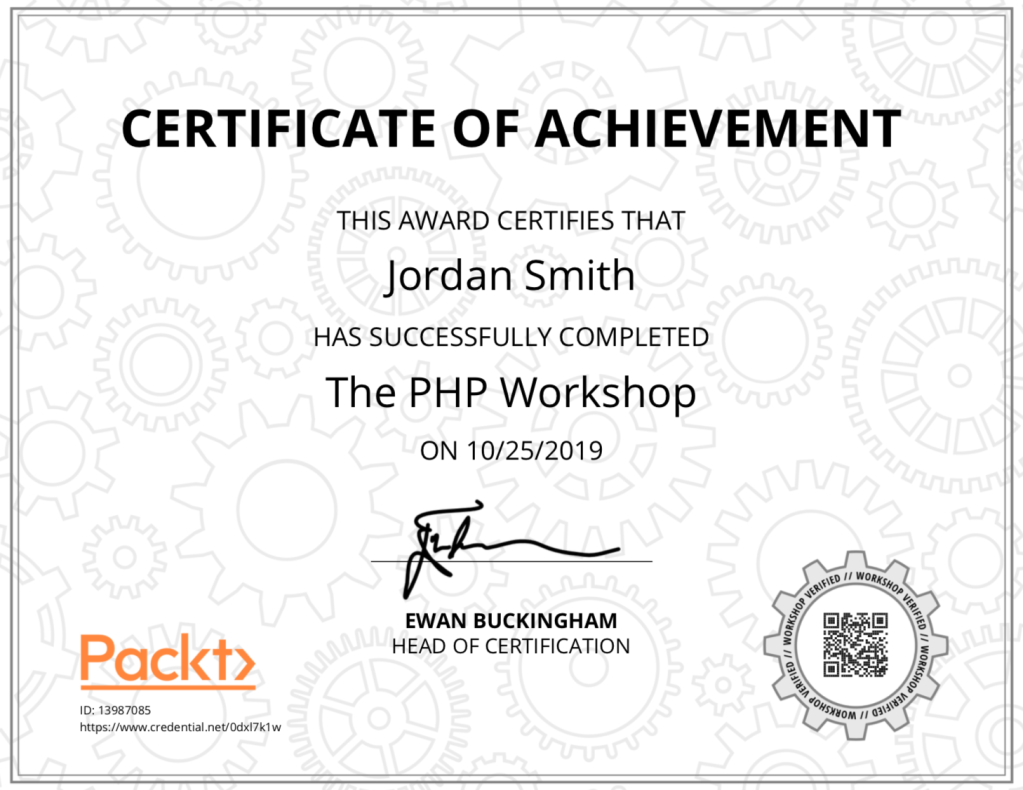
Interested to learn PHP Web Development?
Here you go, the seven experienced developers co-authored to bring in a fresh new PHP book and a workshop with Packt Publishing for whom who wanted to start a PHP web development career.
Why the workshop is important?
So many excellent new books are coming to your hand but there are missing blocks in between the learning process. Developers start reading a book and practicing examples, and if serious enough in learning, maybe completing one or two small projects with the help of those books. Surely, there are some places in the learning route where developers get puzzled and seek for guidance, explanation, and support. This is where the workshop comes in which is intended to train you through guided steps along with the book in your hand. Hence, you have the book (read route map) and the workshop (read a trustworthy friend) to demonstrate, guide and suggest the foundations/basics, ideas behind, perspective and techniques. Therefore, in the end, you feel confident enough to tackle real-world development.
Where to avail?
Check out the book at Amazon, “The PHP Workshop: A Practical, No-Nonsense Introduction to PHP Development” https://amzn.to/2NRz3i6
For UK readers, https://amzn.to/32SPPBN
Also, in iTunes library https://apple.co/2pp9jAg
The online workshop worth $29.99 is available at Packt courses https://courses.packtpub.com/courses/php
What the Book gives you?
This book covers most of the aspects of PHP web development, the book should be laying the essentials with PHP Basics like familiarization with the environment, variables, data types, operators, control statements and functions. Then give you writing reusable codes with Object-Oriented Programming concepts in very fine detail with the real-world examples. Talking over HTTP, Data Persistency and Error Handling should be giving you another layer of knowledge. Then you can start Composing your own PHP project and start mashing up Web Services. You should check out the Table of Contents to understand the full depth of the contents.
A Certificate is Sweet!

Finally, on successful completion, you do get a Certificate.
Packt Courses seal a record of your certification on the public Bitcoin blockchain. This verifies your achievement and lets employers authenticate your status with Packt.
PacktPub Courses
Please leave comments for further queries and suggestions.

